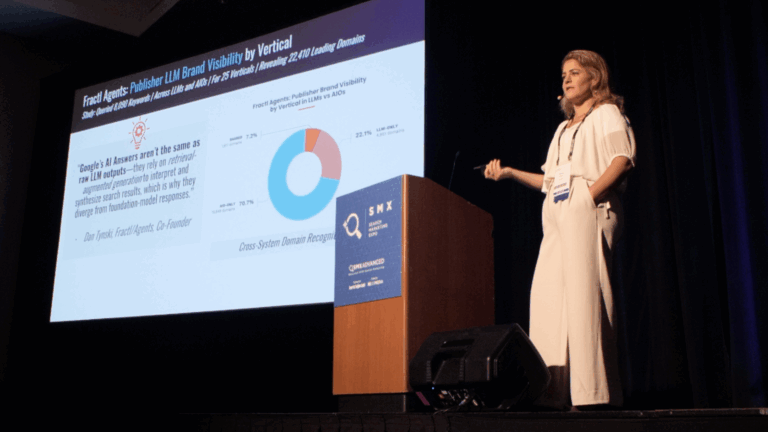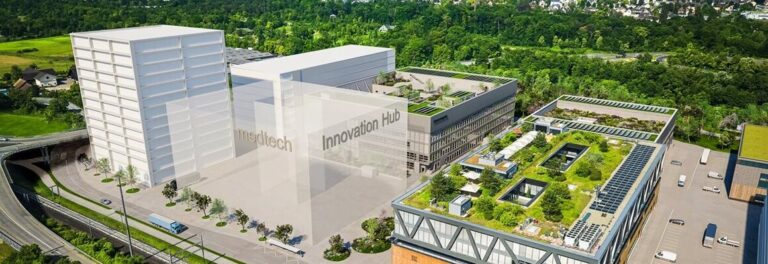In the world of real estate, few stories resonate with the same emotional impact and transformative power as the narrative of Bell Works. A project that serves not just as a testament to architectural prowess, but as a beacon of revitalization, Bell Works has taken what was once an abandoned relic of the past and turned it into a community-centered hub of innovation and collaboration.
At the heart of this remarkable transformation is Ralph Zucker, the President and CEO of Somerset Development, the visionary behind the resurrection of Bell Works. With a mission to breathe new life into this once-vacant campus, Zucker embarked on an ambitious journey in 2013, aiming to redefine the way we think about workspaces and communities.
The Rise, Fall, and Rebirth of Bell Works
Originally built in the 1960s as the Bell Labs facility, this sprawling complex in Holmdel, New Jersey, was a hive of scientific exploration and innovation. Bell Labs was home to some of the most significant advancements in technology, including the invention of the transistor and laser. However, as technology evolved, so too did the needs of the industry. By the late 1990s, the facility fell into disuse, echoing a history of innovation that now seemed like a distant memory.
Walking through the vast hallways of Bell Works before its redevelopment, one could easily sense the aura of a bygone era—a silence that hung over the once-bustling hallways, a stark contrast to its vibrant past. It was within this atmosphere of decay, however, that Zucker and his team saw potential. Their vision was to resurrect the site, not merely as a place for offices but as a lively community where people could work, collaborate, and engage with one another.
This monumental task required more than just bricks and mortar. It necessitated a cultural shift—a rewriting of the narrative surrounding what a workspace could be. Zucker and his team took inspiration from global trends in urban development, focusing on the creation of a multifunctional space that would embody the essence of modern work-life balance.
Cultivating a Community-Centric Environment
Under Zucker’s leadership, the redevelopment team sought to transform the physical structure of Bell Works while simultaneously energizing the social dynamics of the space. The creation of an environment teeming with life was at the forefront of their strategy. By incorporating elements such as open workspaces, communal areas, and local eateries, Zucker aimed to draw in a diverse array of tenants and visitors, creating a melting pot of ideas and collaboration.
The culmination of this effort is evident in Bell Works’ design. The central atrium has become a social hub—an inviting space where people can gather, interact, and share ideas. Regular events such as art exhibitions, pop-up markets, and tech showcases fill the calendar, ensuring that the space is not just a place to work but a community focal point. Visitors are drawn in not only for the businesses housed within but to partake in a dynamic environment that fosters creativity and innovation.
Key partnerships have also played a crucial role in establishing Bell Works as a thriving ecosystem. Zucker and his team reached out to local businesses, educational institutions, and workforce development organizations, helping to ensure that Bell Works serves as a benefit not only to its tenants but also to the surrounding community. The result is a collaborative environment where startups can flourish, established companies can innovate, and local residents can enjoy the myriad of offerings hosted on-site.
“The juxtaposition of a space once devoid of life becoming a hub of activity has been nothing short of mind-blowing.” — Ralph Zucker
Designing for the Future
The architectural blueprint of Bell Works remains a prime example of modern design principles that seamlessly integrate form with function. The layout encourages movement and interaction while prioritizing sustainability, a hot topic in today’s urban planning discussions. The design includes energy-efficient systems, green roofs, and eco-friendly materials, ensuring that Bell Works does not simply represent a revival of the past, but an investment in the future.
The project speaks to a larger shift in workplace culture, one that acknowledges the importance of well-being in productivity. The integration of natural light, indoor greenery, and communal spaces creates an ambiance conducive to creativity and collaboration. These elements are not just pleasing aesthetics; they are strategic decisions aimed at enhancing the overall experience for employees, visitors, and community members alike.
The Impact of Bell Works
Since its grand reopening, Bell Works has attracted various businesses—from tech startups to established firms and everything in between. This diversification not only fills the space but ignites a vibrant exchange of ideas poised to drive innovation forward. The transformation of Bell Works serves as a case study in successful redevelopment, showcasing how thoughtful planning, community engagement, and visionary leadership can reinvigorate a space that once seemed lost.
The buzz surrounding Bell Works extends beyond the New Jersey borders, drawing attention from urban developers, architects, and entrepreneurs nationwide. It serves as a model for similar projects, demonstrating how a space can be repurposed for contemporary use while retaining its historical significance. The success of Bell Works exemplifies what can be achieved when vision meets dedication—a place where innovation thrives, creativity blossoms, and community flourishes.
Ralph Zucker’s journey with Bell Works is a tribute to the power of reinvention. As the complex continues to evolve, its legacy will not merely be one of bricks and mortar; it will be a testament to the enduring human spirit—a space where dreams are nurtured, relationships are cultivated, and life is celebrated.



